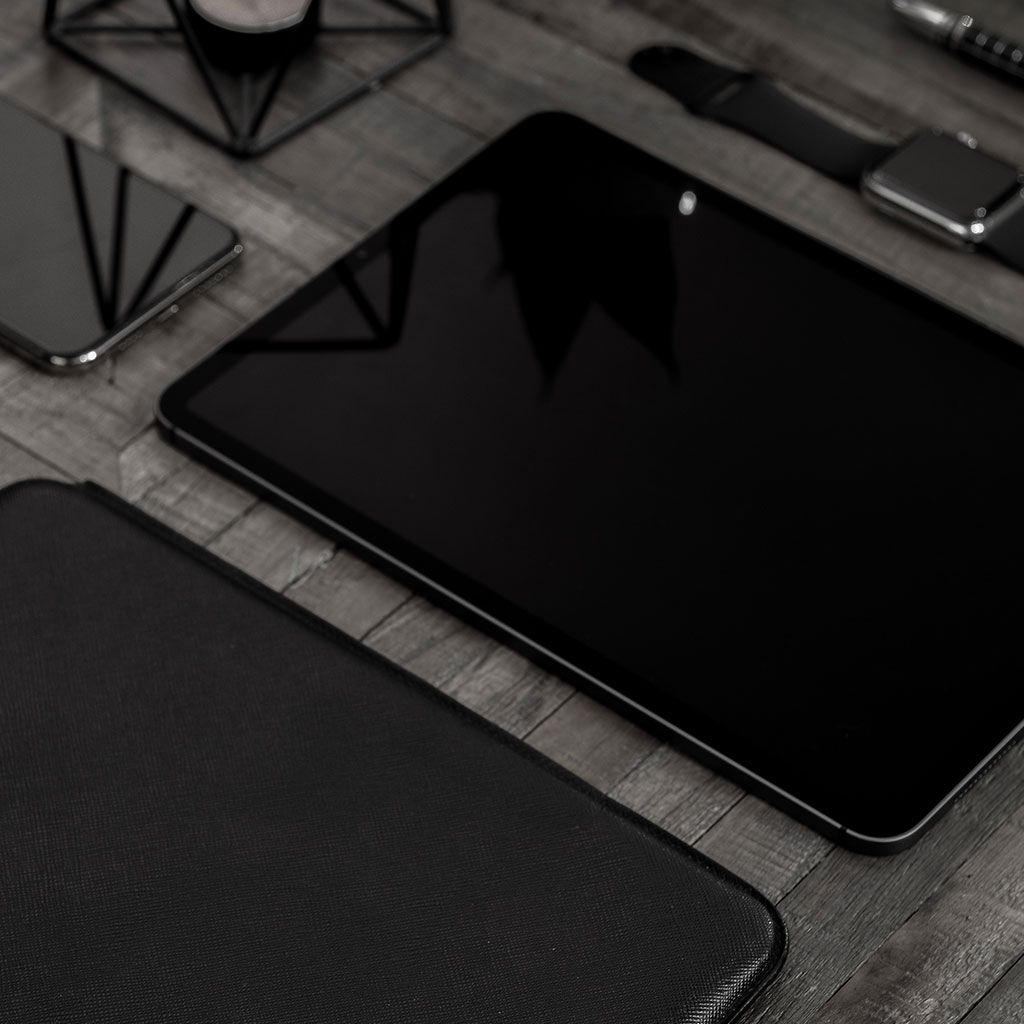How to unsync iPhone from iPad
How to unsync iPhone from iPad
Unsyncing your iPhone from your iPad is a simple process that can help you regain control over your devices’ shared data and settings. In this guide, we’ll walk you through the steps to effectively unsync these two Apple devices.
Discover the secret to untangling your iPhone from your iPad!
Unsyncing your iPhone from your iPad involves discontinuing the sharing of various data and settings between the two devices. Here’s a detailed guide on how to unsync them:
1. Turn Off iCloud Sync:
- The most significant source of syncing between your iPhone and iPad is likely iCloud. To unsync them, you can turn off iCloud features selectively. On your iPhone, go to “Settings,” tap your name at the top, then tap “iCloud.” Here, you can toggle off specific features like Contacts, Calendar, Reminders, and more. Keep in mind that disabling these features will prevent data from syncing between your devices.
2. Sign Out of Apple ID on One Device:
- Unleash the power of your iPhone and iPad by severing the digital bond between them! Simply bid farewell to your Apple ID on one of the devices.
- On the device you want to disconnect (either iPhone or iPad), go to “Settings,” tap your name, scroll down, and select “Sign Out.” This will stop iCloud syncing, iMessage synchronization, and more between that device and your other Apple devices.
3. Disable Handoff:
- Handoff enables the seamless transfer of tasks from one device to another, allowing for uninterrupted workflow.
- To unsync this feature, go to “Settings,” tap “General,” then tap “Handoff.” Disable the “Handoff” option.
4. Separate Messaging and FaceTime:
- If you want to keep Messages and FaceTime separate between your devices, you can configure these settings individually. In “Settings,” scroll down to “Messages” and “FaceTime” and adjust the settings for sending and receiving messages and calls from different devices.
5. Manage iTunes & App Store Settings:
- On your iPhone, go to “Settings,” scroll down and tap “iTunes & App Store.” Here, you can disable “Automatic Downloads” and “App Updates” to prevent apps and content from automatically syncing across your devices.
6. Reset Network Settings (Optional):
- If you experience persistent syncing issues, you can reset network settings on one or both devices. However, this will also erase Wi-Fi networks, so proceed with caution. Go to “Settings,” tap “General,” and select “Reset.” Choose “Reset Network Settings.”
By following these steps, you can effectively unsync your iPhone from your iPad and regain control over the shared data and settings between these two devices. Keep in mind that selective unsyncing allows you to choose which aspects of your devices you want to separate while still enjoying the convenience of Apple’s ecosystem.
Can I unsync specific apps or content, or is it an all-or-nothing process?
Yes, you have the flexibility to unsync specific apps or content between your iPhone and iPad rather than an all-or-nothing approach. Apple provides users with granular control over what apps and data get synchronized across their devices. Here’s how you can do it:
1. Using the Settings App:
- To unsync specific apps or content, go to the “Settings” app on your iPhone or iPad.
- Scroll down and select the app or feature that you want to customize. For instance, you can navigate to “Messages” or “Photos.”
- Inside the app’s settings, you’ll often find an option to manage syncing. This can include options like “Sync Messages” or “iCloud Photos.” Toggle these options off to prevent data from that specific app or feature from syncing across devices.
2. Phone Calls and Text Messages:
- For phone calls and text messages, you can customize syncing by going to “Settings,” then “Messages” or “Phone.”
- Inside these settings, you can choose which devices are allowed to send and receive calls or messages associated with your iPhone’s number. This allows you to control which devices ring or display text messages.
3. Managing a List of Devices:
- In some cases, you might need to manage a list of devices associated with your Apple ID. You can do this by going to “Settings,” then tapping your name at the top, and selecting “Media & Purchases.” Under “Devices,” you’ll see a list of devices linked to your account. You can remove devices from this list if you want to unsync them.
By utilizing these options within the settings app, you can unsync specific apps, content, or features between your iPhone and iPad, tailoring the synchronization process to your preferences. Apple offers these granular controls to ensure you have a personalized and seamless experience across your devices while maintaining privacy and flexibility.
Conclusion
In conclusion, if you want to unsync your iPhone from your iPad, you can do so by adjusting settings in the Settings app, turning off automatic downloads and app updates, and resetting network settings, if necessary. Additionally, you have the flexibility to selectively unsync specific apps or content between devices. To do this, navigate to the app’s settings in the Settings app and toggle off any options associated with syncing across devices. You can also manage which devices are allowed to send and receive calls or text messages from your iPhone’s number. Finally, you can manage a list of devices associated with your Apple ID by navigating to “Settings” then tapping your name at the top and selecting “Media & Purchases.”





You must be logged in to post a comment.